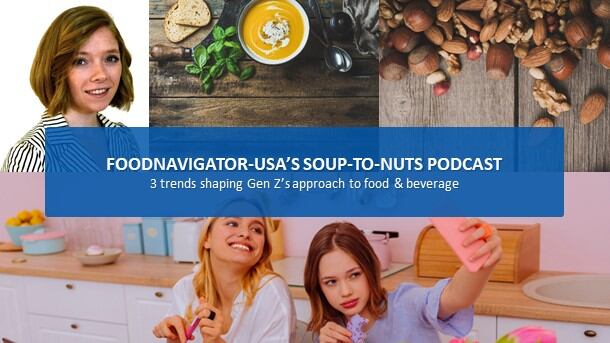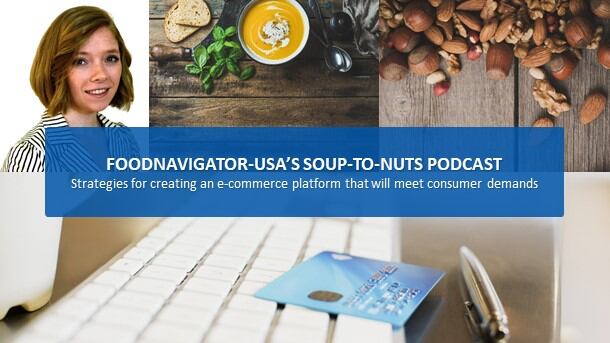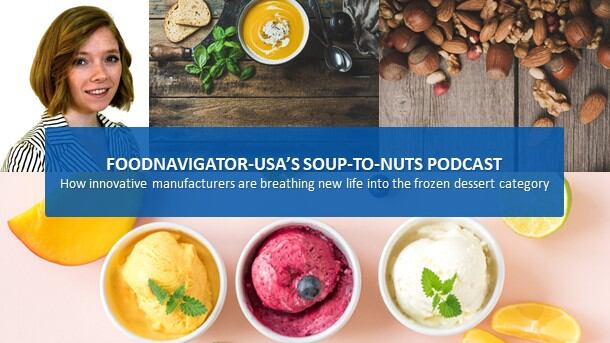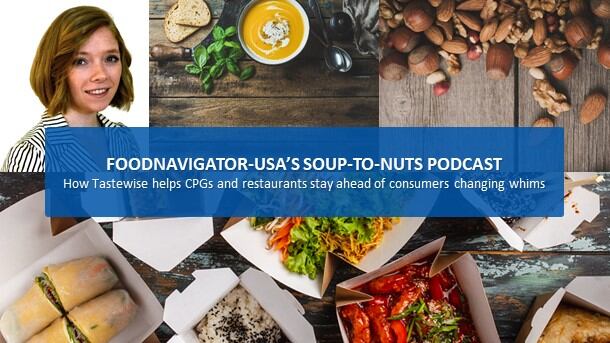As the largest generation on a global scale, as well as the most diverse and multicultural, Gen Z – also known as the iGeneration for their seemingly near constant engagement with technology – are starting to develop their own shopping preferences that increasingly will shape markets in the near future.
This means brands to start tailoring innovation and marketing to meet Gen Z’s expectations, if they are not already doing so.
Unfortunately, given how quickly this generation’s preferences are evolving, many food and beverage manufacturers are scrambling to understand what flavors, ingredients and product characteristics appeal or repel them as well as what influences their purchase behavior beyond the actual product – such as company values and marketing approaches.
In this episode of FoodNavigator-USA’s Soup-To-Nuts podcast, Sarah Diedrich, the customer marketing manager at Synergy Flavors, shares three macro trends that are influencing this generation’s approach to food and beverage, including unity, sensory-centric focus and tech integration.
Finding unity
When it comes to choosing a food or beverage taste has traditionally been king, and while this is still important for younger shoppers, it no longer is enough, according to Diedrich. Rather, she says, Gen Z shoppers increasingly consider whether the brand’s values align with their own. This, in turn, is leading to a rise in so-called ‘buy-cotting.’
Buy-cotting is “the anti-boycott. It’s essentially about an excess purchase of a particular brand or product to support their messaging,” which is encouraging more food and beverage companies to take stance or create brands with more of a “persona about them,” Diedrich said.
The most successful messages so far tend to be around sustainability, transparency and ‘doing good,’ she noted.
For example, Diedrich said, “one brand that I really like, just the name of it is, is the Harmless Harvest Brand. You can buy their coconut water in most grocery stores now, and they have pretty good advertising campaigns. But just the name of it … speaks to sustainability” and the impact it has on the buyer and the environment.
Another way that the macro trend of unity is influencing food and beverage is through shifting flavor preferences with Gen Z seeking simpler but also more authentic flavors compared to Millennials who have favored fusion cuisines.
“When it comes to flavor choices with Millennials, we saw a lot of mashups,” such as a sushi burrito, but for Gen Z there is more of an emphasis placed on the authenticity of a dish and celebrating the heritage of a flavor, she said.
“With Gen Z still being on the younger side, there is less what we would call adventurous combinations, but that doesn’t mean that the Gen Z consumer is playing it safe. They still crave those bold, super spicy, extra sour flavors,” Diedrich said.
In addition, she said, Gen Z tends to combine unfamiliar or new flavors with a more familiar format, such as churro pancakes.
Gen Z seeks full sensory experiences
As the blending of churros and pancakes suggests, Gen Z is all about products that offer a ‘wow’ focus. According to Diedrich, this isn’t limited to just unexpected flavor combinations but rather they are looking for multisensory experiences that include texture, sound and presentation.
According to Diedrich, one way this is playing out is with the rising popularity of autonomous sensory meridian response videos of people consuming food and beverages with the volume cranked all the way up.
A less ‘out there trend’ that exemplifies this trend is the emergence of pop-up museums or Instagrammable experiences that involve food and beverages, Diedrich added.
Similarly, products that combine textures, unexpected flavors or add an element of playfulness are hitting this trend, she said.
Tech integration brings Gen Z closer to brands
As already hinted at, Gen Z is the first generation to grow up as digital natives and as such they are tech-savvy and use their devices not to escape from the world around them but rather to understand and engage with it at a deeper level.
For the food and beverage industry, Diedrich says this tech-centric trend is most powerful is in their marketing and advertising efforts. But, she adds, it also offers the opportunity for total immersion and brand extension in some surprising ways.
“With tech integration, obviously advertisement is a huge piece, social media and advertising and lifestyle. All those things go hand in hand,” to create a fuller experience that goes beyond the plate, she said.
Sriracha is a notable example where people not only put the sauce on almost everything, but they also where Sriracha-themed jewelry and decorate with goods that recall the bottle’s iconic design, she said.
The flip side of this trend is the need to escape and unplug, which brands can do offering products that remind people to slow down, step out into nature and hit the pause button – even if just for a few minutes while enjoying a snack or sipping a beverage, she said.
On that note, this generation is not that different from previous generations of over-scheduled and over-worked individuals who are looking for new ways to enjoy their lives, she said.




